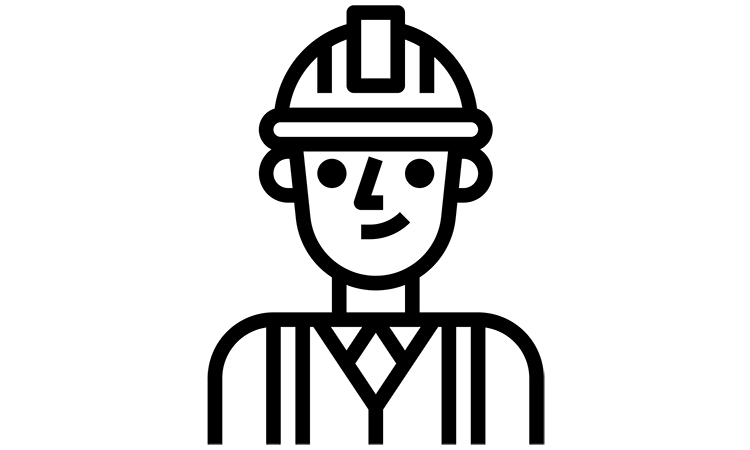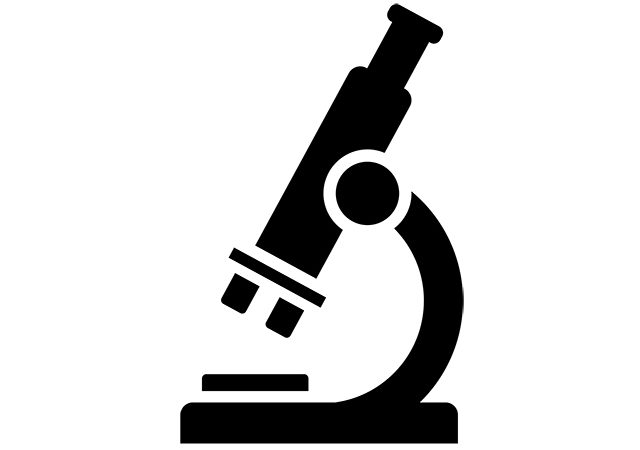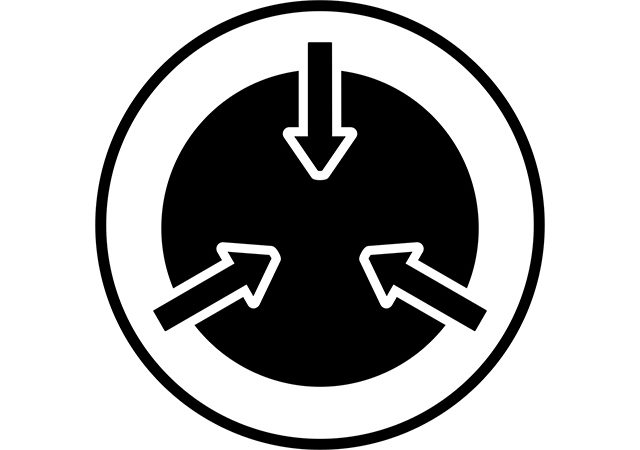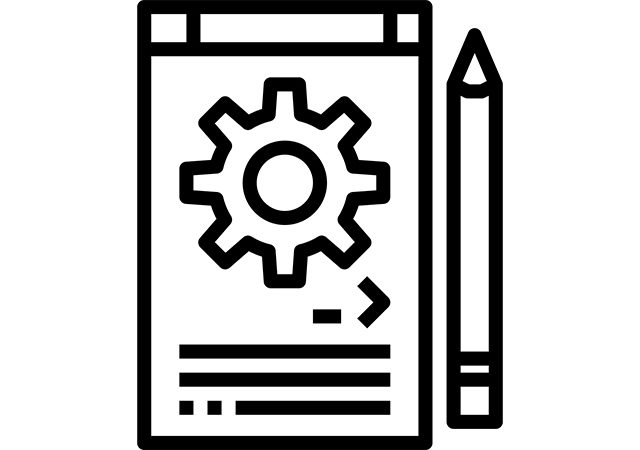A project is a set of activities in order to produce a unique product or service in a certain period of time. As we can see from the definition of a project, a project is characterised by its uniqueness. That does mean that the final product of service will differ from any other. Another project characteristic is timeframe, which means that a project has a specific start and end. Project timeframe can be counted in days, months or even years.
The result of a project can be:
- a product or a piece of a product
- a service
- a document or statement
Project management is an application of knowledge, skills, tools and services in order to get the final product or service, meeting all the established and agreed requirements. A project is characterised by the following stages:
- Initiating
- Planning
- Executing
- Monitoring and Controlling
- Closing
Every specific project may have many more stages, but any project can be generalised and divided to the stages above. The project management process includes the following steps:
- Collecting requirements
- Addressing the expectations and needs of all the stakeholders
- Calculating the project constraints (including scope, budget, resources and risks)
All the project constituents are related to each other. So if one project constituent changes, it will affect other project constituents., so the budget of the project or time frame may be affected and changed. This means that it is essential to control the changes of the project during the project life cycle.
Projects are usually a result of one or more strategic considerations:
- Market demands
- Customer order
- Business opportunity
- Legal requirements
- Technological development
A poject management office (PMO) is an organisational entity whose responsibilites are to coordinate, manage and execute the project. The PMO can do different actions regarding the project – from performing supportive actions to direct management of the project.
The PMO structure and form depends on the organisation needs. The PMO can manage several independent projects simultaneously. In some cases PMO can also be a stakeholder, and can make key decisions regarding the project, or terminate the project if the deliveries are not meeting the requirements. The PMO can also perform a training or advertising part of the project.
PMO functions:
- Managing resources for projects
- Setting project methodology and standards
- Mentoring and training
- Developing and project policies, procedures, documentation and monitoring its correspondence to all steakholder requirements
- Monitoring compliance with the project procedures and standands
The Project manager (PM) is a person chosen by an organisation to acheive project goals and aims. A PM’s role is very precise. In an organisation’s structure, the PM’s role differs from the role of functional manager, who controls the administrating area of all the projects, and the operations manager. The PM can report to a functional manager, or can report to a portfolio or program manager.
PM assets and characteristics:
- Project management knowledge
- Performance characteristics
- Personal characteristics, effectiveness and leadership
The PM is usually recognised as a part of a PMO. The PM usually concentrates on the specific project goals compared to the PMO, who performs a general function. The PM controls resources and constraints (like scope, schedule, costs etc.) related to the specific project.




